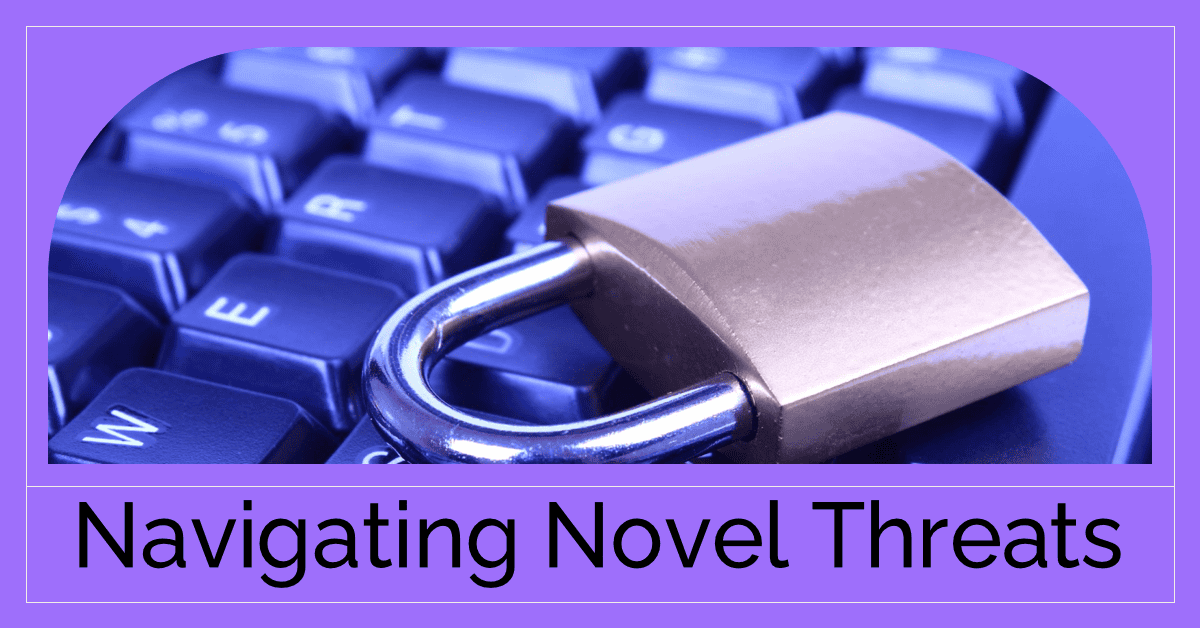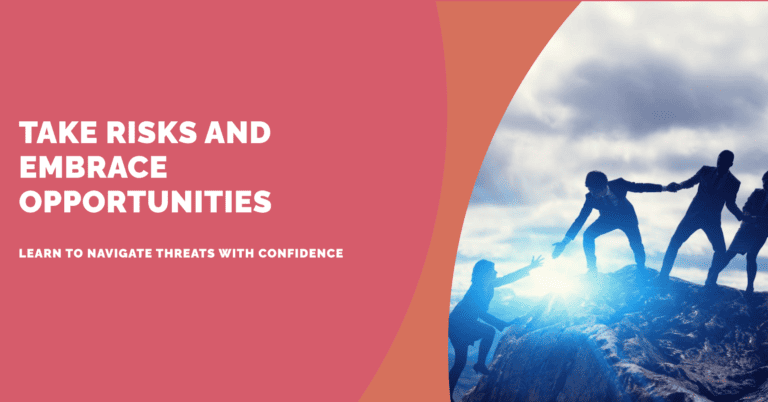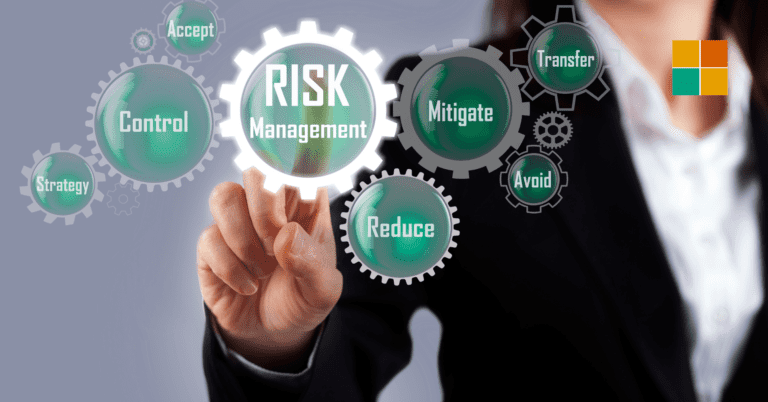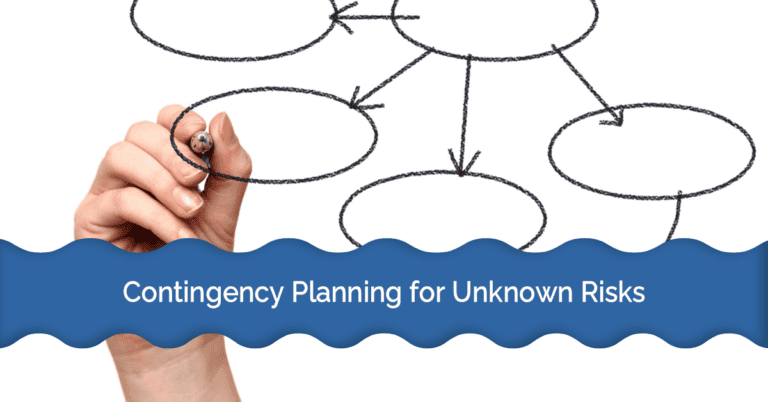As the world changes, new challenges, some of which seem entirely alien, test our abilities to deal with all they throw at us. As soon as life gets comfortable, there’s something new to remind us that we have no idea what the future has in store.
From digital security to global pandemics, let’s examine unexpected risks you can’t always foresee. They always seem to be a step ahead, so consider how to better prepare for them.
The Unseen Dangers of Cybersecurity
The Internet is a great tool. It brings us together, shares information, and educates us in ways unlike any other medium. But it’s also full of hidden dangers. The dynamics of cyber threats have shifted. Now, they are more sophisticated and less predictable. A new malware or phishing scheme immediately emerges when we lock down the backdoor.
For example, consider ransomware. A few years ago, this phrase (having all your files held to ransom by anonymous hackers) would have sounded preposterous. Today, it’s a genuine threat to individuals and organisations, threatening to shut down businesses, disrupt services, and cost vast amounts of money.
What can we do to ensure we don’t become the next victims?
It all comes down to being well-informed and proactive. Keep your software updated, use strong and imaginative passwords, be aware of the latest threats and keep a backup. Back up your system regularly, and you won’t lose everything if attacked.
Health Threats: More Than Just a Cold
Other health risks that can arise without warning include new health threats. We have witnessed how quickly a new health threat, such as COVID-19, can surge and overwhelm our lives. However, similar threats loom; for example, antibiotic-resistant bacteria, new viruses, and even lifestyle diseases constantly evolve.
Perhaps the best way to counter these health threats is through suitable ‘offensive’ health measures. In other words, you can lead a healthy lifestyle, keep up with recommended vaccinations, practise good hygiene, stay abreast of global health developments and possible outbreaks, and be alert and ready to take protective measures.
Environmental Risks: Nature’s Surprises
Our environment is changing quickly and profoundly. These changes are exposing us to more risks.
Rising temperatures are fuelling more diverse extreme weather events, increasing the height of the world’s oceans and forcing species to migrate to new environments. These changes can have sweeping consequences, from the accessibility to our food to the incidence of diseases.
For instance, with the rising number of fires across the globe, areas previously deemed safe a few years ago are burning today. Damage is brutal. Floods occur, and hurricanes and all else in nature rise in frequency and intensity.
Environmental threats require readiness, which means having emergency protocols and lobbying for and supporting policies that tackle climate change and environmental protection. You can also reduce your carbon footprint, choose products that respect the environment and minimise your energy impact.
Financial Risks: The Market’s Unpredictability
We live in a financial world full of uncertainty. The stock market goes up and down. Sometimes, the job market is good; other times, it’s not. The economy is humming sometimes, but we’re suddenly in a recession. We plan our finances the best we can, but still, people can find themselves in deep financial trouble with an unexpected turn of events.
Diversification avoids this risk by spreading your investment dollars out in various directions. To diversify, spread your money across asset classes, industries and regions. Keep a source of money aside and within easy reach so you are not at financial risk. An emergency fund serves that purpose.
Of course, you should keep your fingers on the economic pulse and follow the experts. Learn the market-maker trends and listen out for economic moves at home and overseas.
Technological Advancements: The Double-Edged Sword
Technological advancements take humanity to new heights in all aspects of life. The positive outcomes of technology are endless, and it holds incredible possibilities for all industries. It helps solve the world’s most complex problems and makes life easier. There are threats involved, but one thing is for sure: as technology continues to improve lives, it can also bring havoc to the world.
Take Artificial Intelligence (AI). Depending on how it’s used, AI technology can make or break lives, companies, and nations. There are significant opportunities associated with AI, not to mention the threats if it’s used in ways that run against human values regarding privacy and security. For example, being displaced from a job to be replaced by robots means no job security anymore, or the technological aspect of AI is being used to interfere with human security issues.
Deepfakes—videos and audio created with sophisticated AI that fake people saying a particular message or looking a certain way—are a new type of threat that can be used to manipulate and deceive people, police, elections, and more.
As we all know, technological progress always comes with risks. The way to address them is to keep in touch with what’s happening and to reflect on new technological developments. You can support ethical standards and regulations for AI and other new technologies.
Social and Political Risks: The Global Landscape
Another area where these types of tail risks can play out is the social and political domain: political instability, social upheaval, and changes in government policy can affect everything from your physical safety to your wallet.
Globalisation has woven the world together, meaning that political developments in a single country can unexpectedly spill out onto the broader world—populism, trade wars, and brinkmanship are all kinds of disruptive threats that can emerge.
Yet there are many things you can do to minimise these threats. You might get a better handle on the state of the world and its ramifications by reading a news outlet with a global remit. You can participate more actively in your community and the democratic processes more broadly. You might keep something in reserve – have some strategies up your sleeve for getting by and some backups in case political moves affect you. Contingency plans could include knowing the local laws and emergency procedures if you live overseas.

Preparing for the Unpredictable
We can never be fully prepared for all contingencies. But we can anticipate the contingency in the singular so that it remains singular. The more novel a risk is, the more valuable it is to prepare for its unpredictability to increase our resilience. We always do this, whether with personal health, financial stability, or technology.
Some general considerations:
- Keep Informed: information is power. The news is the reflection of evolution and new threats
- Be Pre-emptive: don’t wait for something terrible to happen. Taking action in advance. Upgrading your passwords, using multi-factor authentication (MFA) or building up an emergency fund can lessen the effects of bad things that emerge later
- Diversify: spread risks across areas. Maintaining a diverse range of investments, financial assets, and skills can be an excellent strategy to minimise any single event or shock
- Support network: assembling a group of friends, family, and local communities can bolster you through difficult times. Never neglect social networks: they can save your life
- Be flexible: if you’re flexible and able to change, you’re likely to be better able to deal with novel threats that could arise in your lifetime
Final Thoughts
We can’t police every risk, but we can take reasonable precautions against every novel risk we face—arming ourselves with better information, being more proactive and resilient, and always staying away from the volcano beneath the surface. It’s not about fear; it’s about preparedness.






